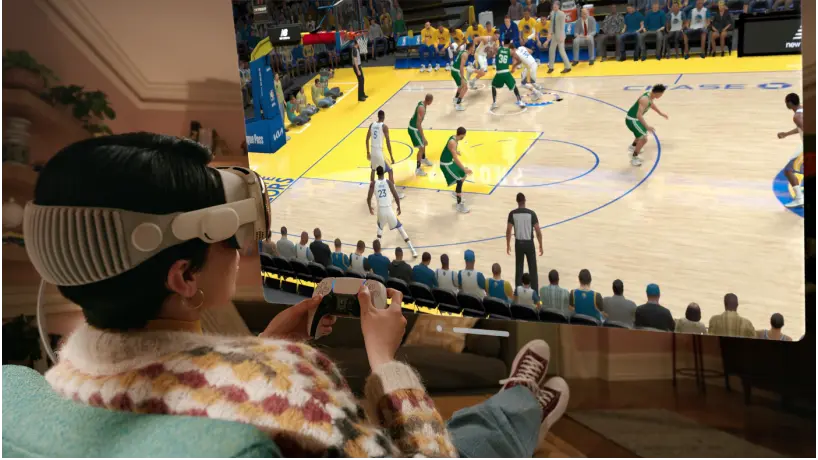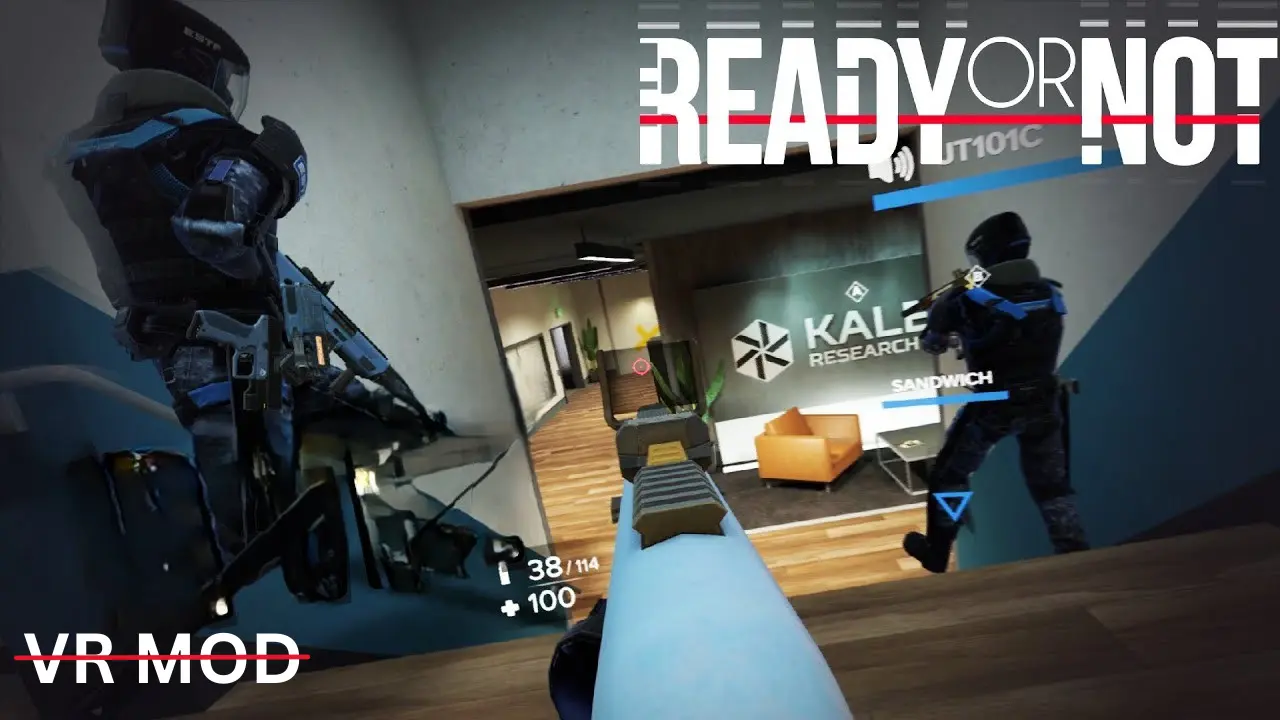Table of Contents
Google’s Android XR recent move to provide developers with access to passthrough technology marks a significant milestone in the evolution of mixed reality (MR) and augmented reality (AR) applications.

This development empowers developers to create more immersive and interactive experiences by leveraging real-world surroundings in combination with digital elements. As the demand for spatial computing grows, Google’s initiative could play a pivotal role in shaping the future of extended reality (XR) applications, allowing developers to push the boundaries of what is possible. With major tech companies competing in the XR space, Google’s decision is a strategic step to bolster Android’s capabilities in a rapidly growing market.
Google’s Android XR Passthrough Technology Will Enhance Immersion and Interaction
Google’s Android XR Passthrough technology allows headsets and XR devices to display a real-time view of the physical environment alongside virtual content, creating a seamless blend of the real and digital worlds. Previously, such features were either restricted or available only on select proprietary platforms, limiting the creative potential of developers working outside closed ecosystems. By opening access to passthrough technology for Android XR developers, Google is enabling a new wave of applications that go beyond traditional VR experiences, where users were confined to entirely virtual environments. This enhancement facilitates greater interactivity, enabling applications such as productivity tools, social experiences, education, and even gaming to integrate more naturally with users’ surroundings.
Google’s Push for an Open Ecosystem to Empower a New Era of Developers
Google’s decision to provide passthrough access for Google’s Android XR developers is not just a technical enhancement—it is also a strategic move in the competitive landscape of XR development. Major players such as Meta, Apple, and Microsoft have been investing heavily in XR technologies, each offering unique platforms for AR and VR experiences.
Apple’s Vision Pro, for instance, focuses on high-quality passthrough with a premium price tag, while Meta’s Quest series has been at the forefront of consumer-grade mixed reality. Google’s approach aims to leverage Android’s open ecosystem to give developers more flexibility, allowing for innovation across a wider range of devices rather than being limited to proprietary hardware. This decision could make Android XR more appealing to developers who prefer an open, adaptable, and scalable development environment.
The Future of XR Development with Google’s Android XR Passthrough Access
With passthrough capabilities becoming more widely accessible, the potential applications of XR technology are set to expand dramatically. Industries such as healthcare, education, retail, and remote collaboration stand to benefit from more immersive and interactive solutions. Imagine surgeons using mixed reality for precision-guided procedures, students engaging with historical simulations in real-time, or professionals seamlessly integrating digital workspaces into their physical environments. By granting developers access to passthrough features, Google is laying the groundwork for a future where XR becomes a natural extension of daily life rather than a niche technology reserved for specific applications.
Challenges Developers Could face with it
While the introduction of passthrough access is promising, developers will still face several challenges in implementing it effectively. Hardware limitations, camera latency, and power consumption are key factors that can impact the quality of mixed-reality experiences. Additionally, ensuring seamless depth perception and reducing distortion in passthrough visuals will be crucial for providing users with a comfortable and realistic experience. Google will need to continue refining its XR tools and frameworks to help developers overcome these technical hurdles. Furthermore, privacy and security concerns regarding real-world passthrough data must be addressed to ensure user trust and compliance with regulations.
Authors Corner
Google’s move to provide passthrough access to Google’s Android XR developers represents a significant step forward for the industry. By enabling more developers to experiment with and refine mixed reality applications, this initiative has the potential to accelerate XR adoption and bring innovative experiences to a broader audience. As technology advances and new hardware solutions emerge, the integration of passthrough features in XR development will play a crucial role in shaping the future of human-computer interaction. With Android’s open ecosystem providing a fertile ground for experimentation, the next wave of XR experiences may be more immersive, functional, and widespread than ever before.








1 thought on “Google’s Android XR Developer Passthrough Unlocks New Ways to Interact With Cutting Edge Technology”